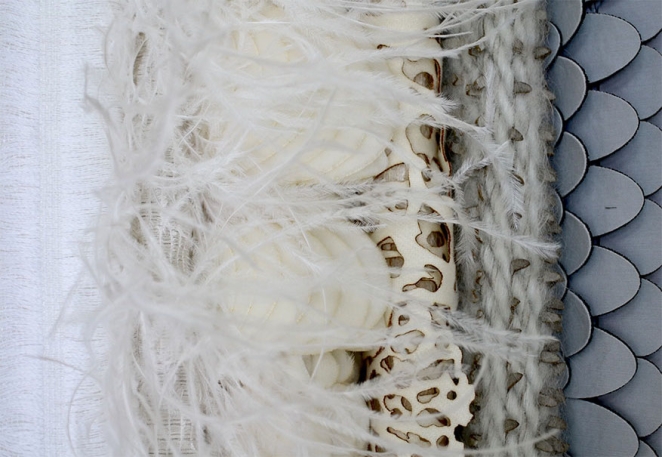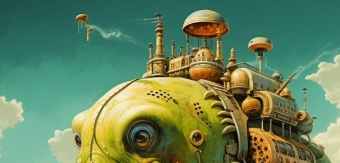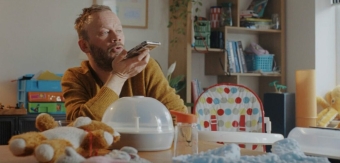In the giddy haze of the “I want it all and I want it now” culture of 2024, the very idea of getting excited over something tangible probably seems a little quaint. If, like me however, you’re old enough to remember the anticipation of scouring through the instruction manual of a new game on the back of the bus on the way home from your local Electronics Boutique, then you’ll probably be among those that long for the days when we got something tangible out of our purchases.
Physical media, you seen, was once the cornerstone of creative consumption. In the 21st century, however, collections have given way to convenience, with streaming platforms dominating entertainment on all fronts and brands generally choosing to spend more resources on digital over physical marketing. But while people my age and older might wax lyrical about the “good old days” of something we felt we actually owned, is the death knell of physical media actually a positive thing for the environment?
The Positive Side of Digital Media
Physical media production involves resource-intensive processes. From raw materials extraction to manufacturing, packaging, and transportation, physical media leaves a significant carbon footprint. The energy consumed during manufacturing and distribution also contributes to greenhouse gas emissions. Discarded physical media also invariably ends up in landfills, where it can release toxic chemicals as it degrades.

Stephanie Rolph
Streaming services also have a much smaller environmental impact compared to physical media as streaming eliminates the need for manufacturing, packaging, and shipping. While data centres can also produce their fair share of carbon emissions, there are also energy-efficient data centres that power many larger power digital platforms.
The Darkside of Digital Media
Streaming requires data centres that run 24/7, 365 days a year. These centres consume vast amounts of electricity and generate a great deal of heat. It also relies on a robust internet infrastructure to operate efficiently. Data centres, routers, and network equipment all consume energy and while that might be less than the energy required in production and manufacturing, generally, speaking, it’s still a major environmental problem.
We’ve also reached a point now where audiences are simply not satisfied with content that’s not high definition. By its very nature, this content demands more bandwidth, further increasing energy usage. That’s before we even touch on the cultural implications, as streaming encourages binge-watching practices, with repeated streaming potentially negating any initial environmental benefits.
The Changing Landscape
Companies from all walks of life are constantly seeking greener solutions and the digital dominance of the last decade creates thousands of opportunities for brands and agencies to invest in eco-friendly technologies. The key for a successful and sustainable future is going to be in finding a balance between convenience and responsibility and a lot of that, as ever, comes down to individual choice.

Richard Hill
On an individual level, we must balance convenience with environmental responsibility and avoid excessive consumption, where possible. As an industry, however, we should make greater strides to prioritise working with data centres that use renewable energy and work with digital content creators that promote sustainable narratives.
The death of physical media isn’t inherently good or bad for sustainability. However, responsible practices and industry-wide commitment are essential if we want to further embrace the digital age in a balanced and sustainable way.





Richard April 16th, around noon
Aww, cheers for the image feature :as well as a great article :)